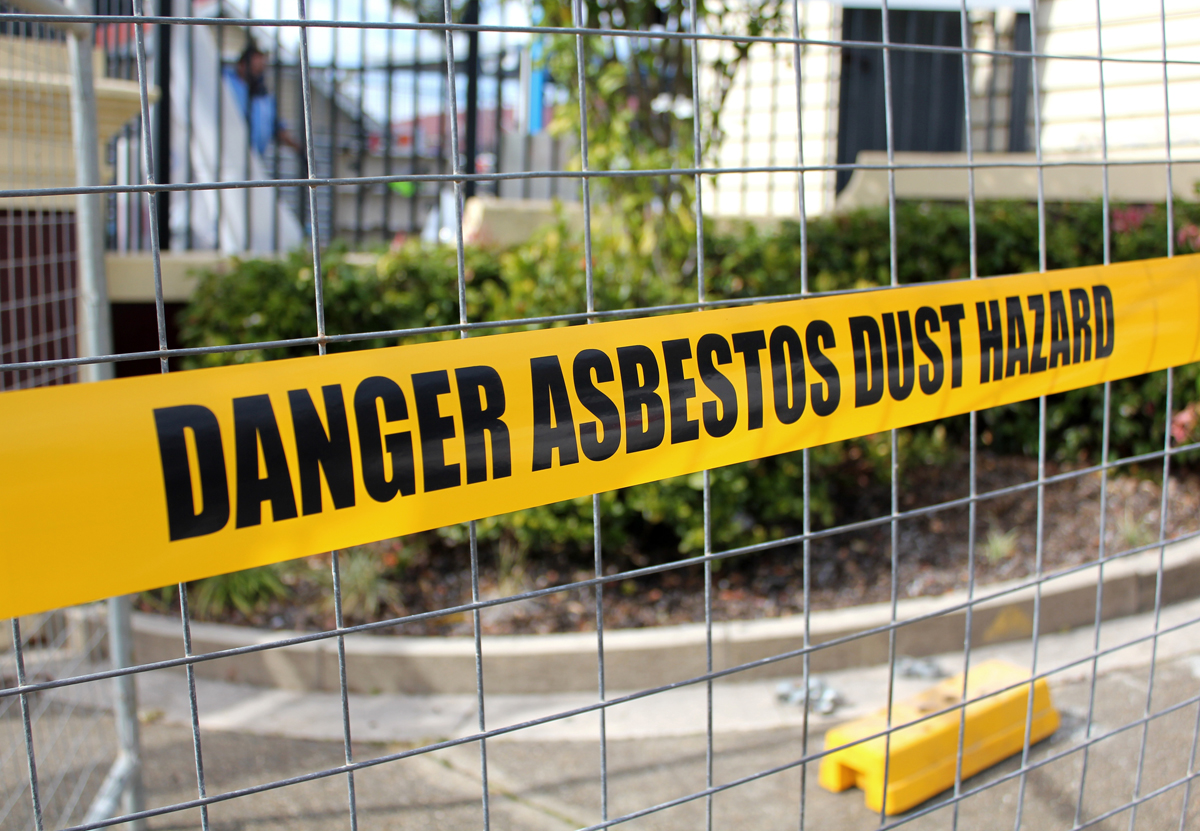
How To Properly Dispose Of Asbestos Siding
Properly disposing of asbestos siding is crucial to protect yourself, your community, and the environment from the harmful asbestos fibers. It’s crucial to NEVER attempt this yourself due to the high health risks involved. Always involve qualified and licensed asbestos abatement professionals for safe and compliant disposal.
Hire Asbestos Removal Company
This is your safest bet when dealing with asbestos. It is always better to hire a professional company rather than attempt the job yourself. Professionals will bring the necessary supplies for any removal tasks. These supplies include respirators, suits, shields and water to hold the dust down. You can read all about Native Environmental’s asbestos services right here.
Types Of Asbestos
Serpentine:
- Chrysotile (white asbestos): Most common type, responsible for about 90% of asbestos-related diseases. Fine, flexible fibers pose significant inhalation risk.
Amphibole:
- Amosite (brown asbestos): Second most common, with strong, heat-resistant fibers. Commonly used in building materials and insulation.
- Crocidolite (blue asbestos): Considered the most dangerous due to its extremely thin and brittle fibers, easily inhaled and lodged in the lungs.
- Actinolite: Less common, found in some vermiculite insulation and rock formations.
- Tremolite: Can be found in certain talc products and some rock formations.
- Anthophyllite: Least common, used in some building materials and fireproofing.
Here’s a quick comparison of their key characteristics:
| Type | Color | Properties | Risks |
|---|---|---|---|
| Chrysotile | White | Flexible, strong | High inhalation risk |
| Amosite | Brown | Strong, heat-resistant | High inhalation risk |
| Crocidolite | Blue | Thin, brittle, durable | Highest inhalation risk |
| Actinolite | Green, white, brown | Variable | Moderate inhalation risk |
| Tremolite | White, green | Variable | Moderate inhalation risk |
| Anthophyllite | Brown, gray | Strong, heat-resistant | Moderate inhalation risk |
Native Environmental LLC In Phoenix, Arizona
Native Environmental LLC is a industrial cleaning company located in Phoenix, Arizona offering a full list of industrial cleaning services including mold removal/remediation, asbestos removal/remediation, mercury spill clean up, silo cleaning and more. We can also help with industrial cleaning in Tempe, Tucson, Chandler, Gilbert, Glendale, South Phoenix, Central Phoenix, Scottsdale, Arizona and more.